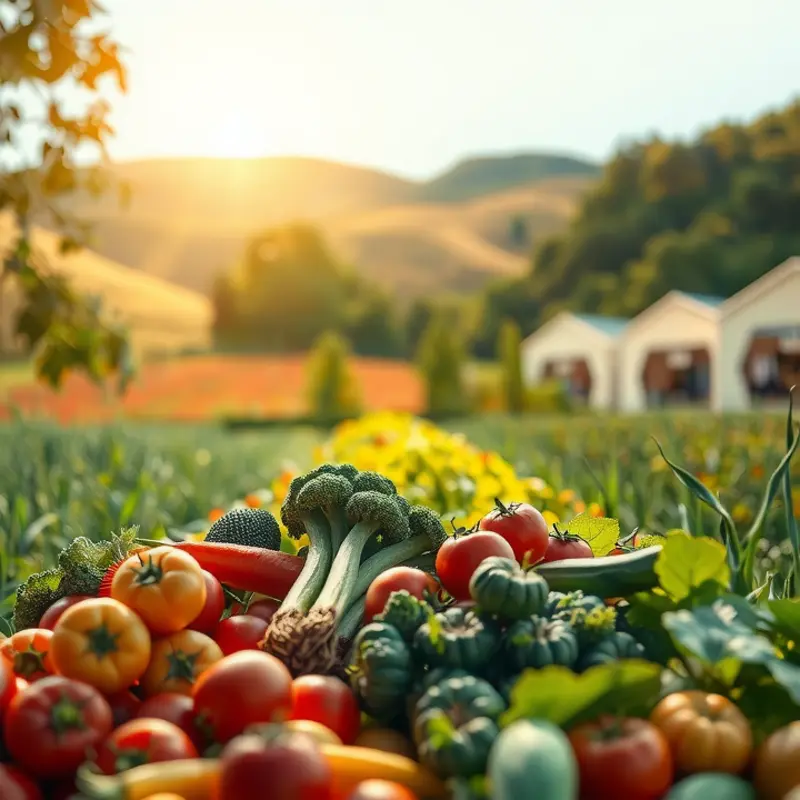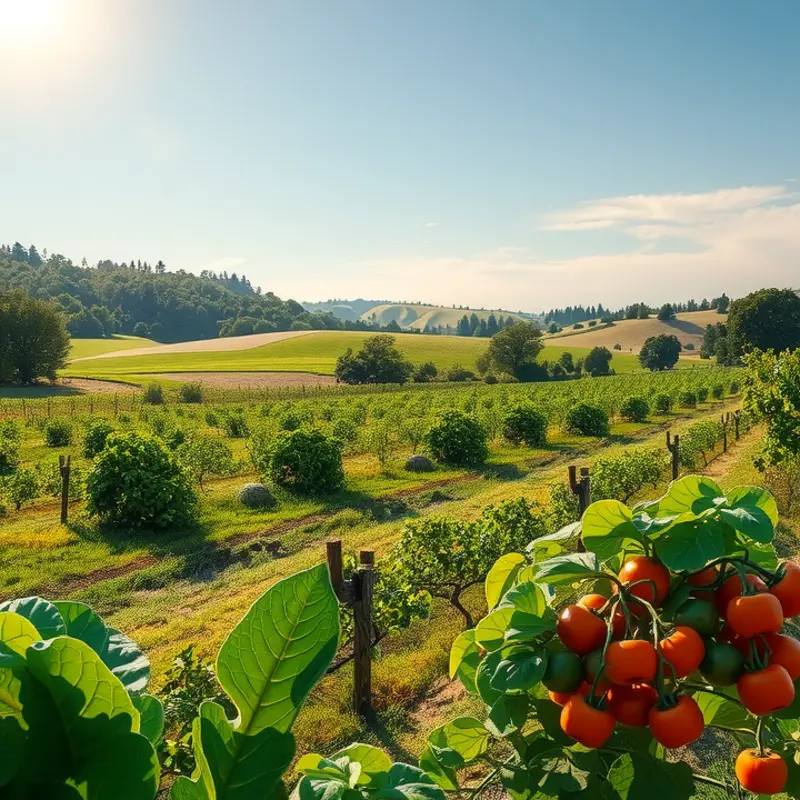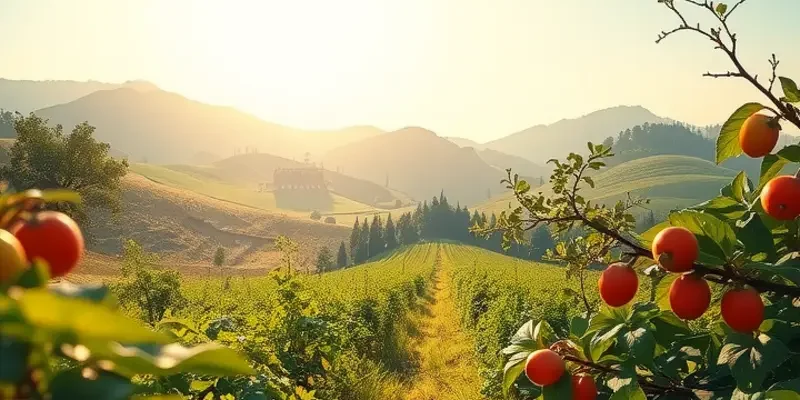From the bustling spice markets of Marrakech to the vibrant street food of Bangkok, culinary traditions have not only tantalized our taste buds but also affected trade routes throughout history. The interplay between food cultures and international commerce reveals fascinating stories of exploration, conquest, and exchange. Join us as we delve into how spices, ingredients, and recipes have crossed borders, creating a rich tapestry of culinary influences that continues to impact global trade today.
Spices: The Luxuries of Trade Routes

The allure of spices has shaped the global exchange of goods for millennia. Originating from distant lands, spices like pepper, cinnamon, and saffron captivated the imagination and palate of European traders. These once-luxurious and rare commodities quickly became indispensable in the kitchens of the affluent, invigorating commerce and adventure. Spice routes served as conduits for trade, channeling not only goods but also ideas and cultures across continents.
The origins of the spice trade trace back to antiquity. Pepper, known as “black gold,” was a highly coveted commodity. It was native to the Malabar Coast of India and cultivated in abundance for export. Merchants from India and Arabia would transport the valuable berries across the challenging terrains of the Middle East to reach European markets. Cinnamon, on the other hand, came from Sri Lanka. It was so prized that it rivaled the weight of gold, thus inspiring explorers to seek faster routes.
Saffron, introduced by Persian traders, was another revered spice. Crafted from the delicate stigmas of crocus flowers, saffron’s rich hue and complex flavor profile demanded exorbitant prices. The pursuit of these remarkable plants fueled European exploration. Sea routes like the Vasco Da Gama’s path around Africa’s Cape of Good Hope distanced Europe from intermediaries and cut costs.
Within the bustling markets of the Middle East, spices also bridged cultures and traditions. Bazaars teemed with a variety of scents and sounds, serving as vital centers for cultural exchange. European demands fostered interactions where traders exchanged more than goods; they swapped stories, culinary practices, and technological advancements. This blend of culture traveled alongside the spices, influencing culinary evolution across regions.
As spices integrated into European cuisine, they led to the refinement of local dishes. The introduction of these once exotic flavors transformed bland offerings into vibrant feasts, marking culinary milestones that reverberate today. Dishes with influences from oriental spices are found in several aspects of global cuisine, fostering a tapestry of flavors that transcends regions.
Moreover, the economic impacts of the spice trade were profound. The Portuguese and later the Dutch and British Empires capitalized on islands rich in valuable spices, ushering in colonization and exerting control over trade routes. The resulting power dynamics affected international relations and economies. These historical interactions demonstrate how spices, while small, have significantly influenced the global landscape.
Exploring today’s culinary practices reveals echoes of this rich history. For those interested in how regional cuisines adapted to global influences, see this exploration of maritime food cultures. The chapter underscores the importance of spices beyond their immediate culinary use, shining a light on their role in shaping the commerce and cultural exchanges of our world.
Beyond Spices: Cultural Exchanges and Culinary Fusions

The culinary canvas of the world is a tapestry intricately woven by centuries of trade, migration, and cultural exchange. While spices played a pivotal role in these cross-continental interactions, the impact extends far beyond these aromatic jewels. The exchange of crops such as tomatoes, maize, and potatoes brought transformative changes to cuisines worldwide.
Consider the humble tomato, which found its way into European kitchens from the Americas in the 16th century. Before its introduction, Italian cuisine was predominantly based on grains, meats, and seasonal vegetables. As the tomato became a staple, it revolutionized dishes like pasta and pizza, carving a new identity for Italian food.
Similarly, as explorers and traders navigated to new lands, they brought back culinary treasures that enriched their home cuisines. The fusion of West African and European flavors exemplifies this beautifully. Ingredients like okra and black-eyed peas mingled with the cooking techniques of colonizers, giving birth to the vibrant Creole and Cajun cuisines known today. These creations are not just dishes; they are narratives of resistance, adaptation, and community.
Migration further extended this exchange. Labor movements and diasporas often took the shape of new culinary traditions in places far from their origins. The Indian subcontinent’s influence in East Africa is a testament to this. The Swahili coast adopted spices and cooking methods from Indian immigrants, creating a unique culinary harmony that features rich curries and diverse street food.
Colonial trade networks also laid down pathways for ingredient exchange, forming an integral part of global culinary development. Sugar, native to Southeast Asia, reached every corner of the globe through these networks. As a result, it sweetened desserts in France, codified the sweetness revered in Middle Eastern dishes, and became central to the Caribbean food culture.
In modern times, globalization has accelerated these exchanges. As boundaries blur and access to international foods becomes common, new amalgamations take the culinary world by storm. The popularization of sushi in the West caused an intercultural dialogue, which brought skincare-friendly ingredients like nori and matcha into everyday use in foreign lands. Efficient garlic peeling techniques also highlight how understanding diverse cooking methods improves worldwide home cooking practices.
Every ingredient tells a story, each dish a history of its own. The global food scene serves as a living museum of these exchanges, constantly evolving and absorbing influences from all corners of the earth. This culinary fusion speaks to the shared human experience—our exploration, adaptation, and exuberant creativity.
Final words
Understanding the culinary influences on trade offers a deeper appreciation for the rich histories of our food. Each dish carries a narrative of cultural identities merging through shared ingredients, flavors, and cooking techniques. As we continue to explore global cuisines, we encourage a respectful curiosity about the connections that unite us through the universal language of food. Let each meal be an invitation to savor not only the flavors on your plate but also the diverse stories that made them possible. Taste, travel, and learn—your plate is a journey around the world.








